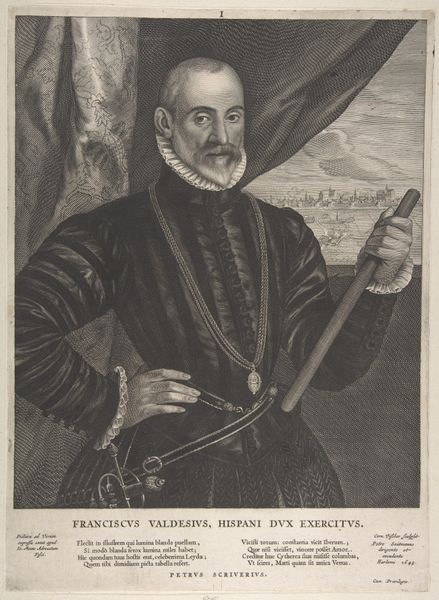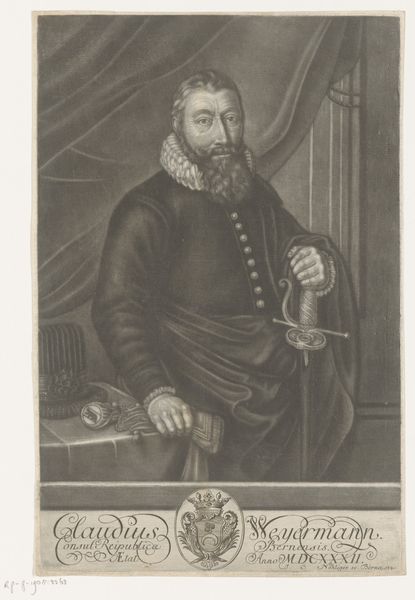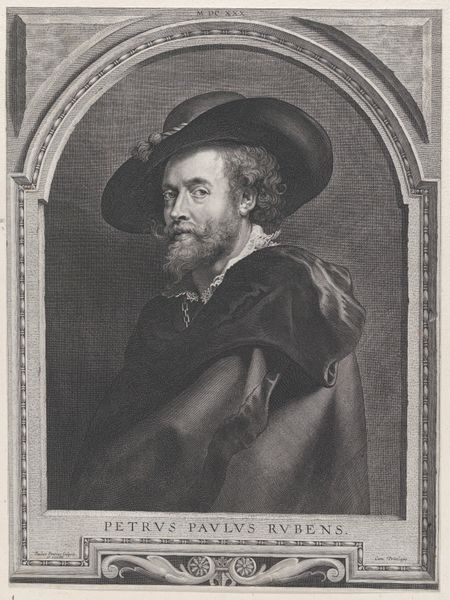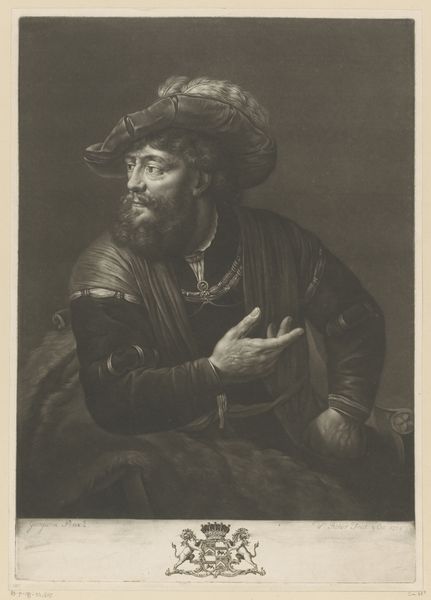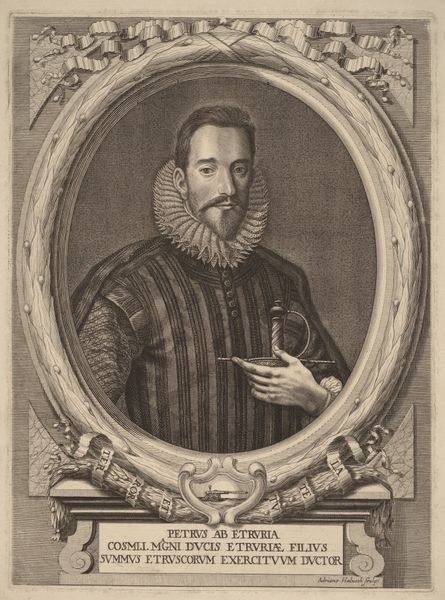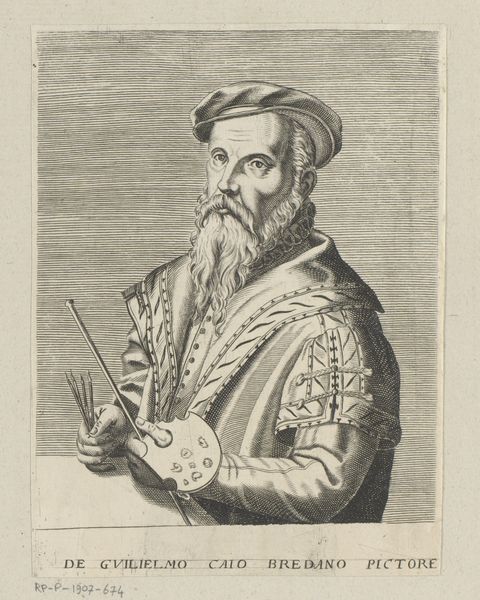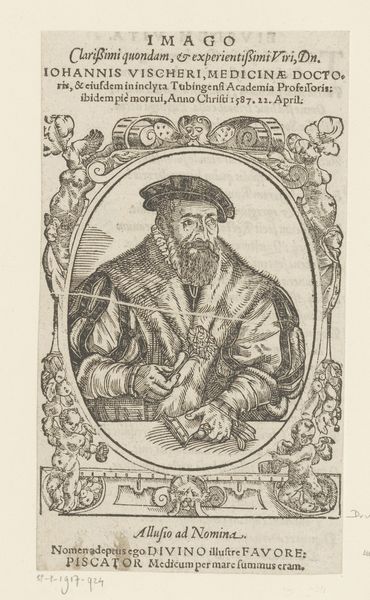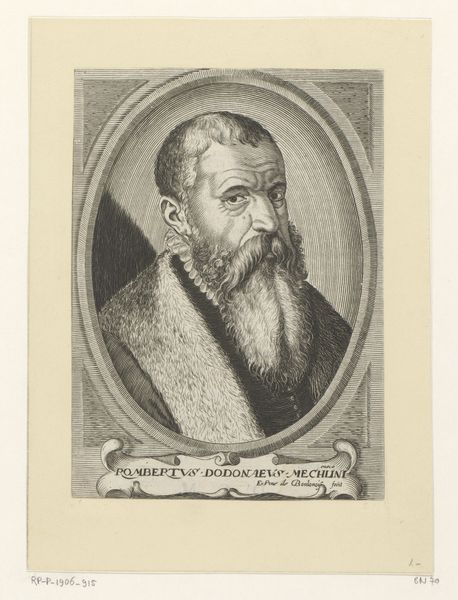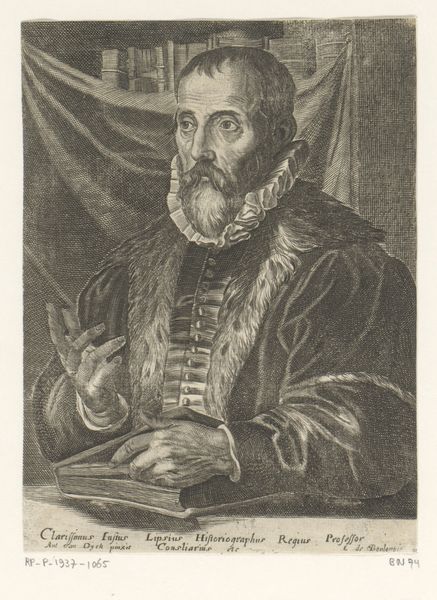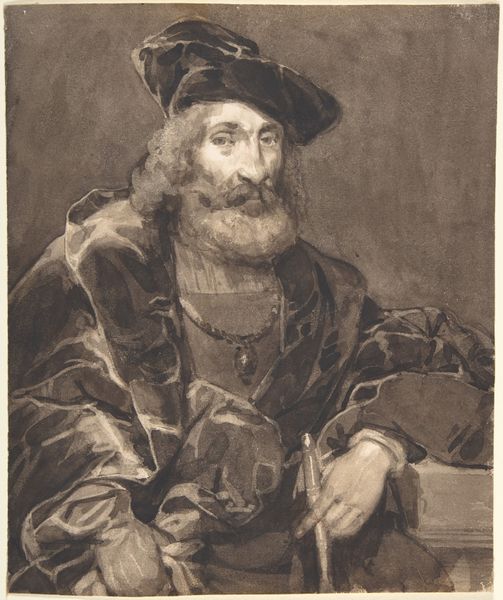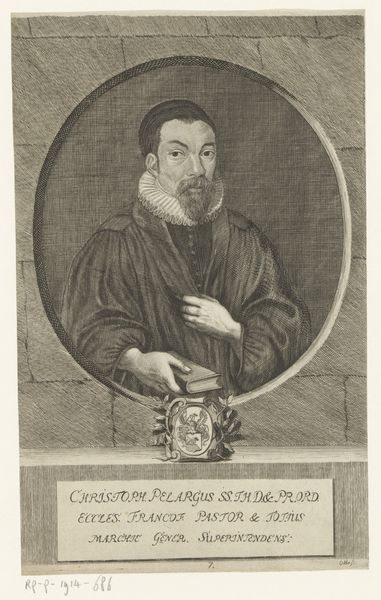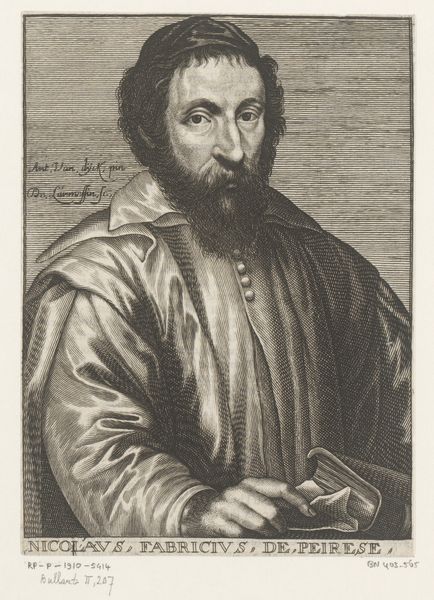
painting, oil-paint
#
portrait
#
high-renaissance
#
venetian-painting
#
painting
#
oil-paint
Dimensions: 50 x 38 3/4 in. (127 x 98.4 cm)
Copyright: Public Domain
Editor: Here we have a portrait of Alfonso d'Este, Duke of Ferrara. It's attributed to Titian, and thought to have been completed sometime between 1570 and 1629. He looks powerful, and his gaze feels very direct. How would you interpret this portrait, considering the context of its creation? Curator: Well, it’s crucial to remember how portraiture functioned within the context of the Renaissance court. This wasn't just about likeness; it was about constructing and projecting power. Titian, or whoever painted this following his style, presents Alfonso not simply as a man, but as a ruler embodying specific ideals. Editor: Ideals like what, exactly? Is it about wealth? Curator: Yes, partially wealth. Notice the sumptuous clothing—the fur-lined coat, the jewel, the fine fabrics. But it is also about something else beyond personal fortune, it speaks to a cultivated sense of authority. The Duke’s hand resting on what appears to be a cannon, is that part of it? A signifier of military strength? It's a strategic depiction meant to broadcast Alfonso's position to both his peers and his subjects, solidifying the Este dynasty's image. Consider also the Metropolitan Museum as a location - how does it recontextualize an image like this today? Editor: I see. So, this is about more than just recording a face; it's about crafting a political image for public consumption and legacy within specific institutional frameworks like museums, changing its message across centuries? Curator: Precisely. And recognizing that helps us understand how art and power were intertwined during the Renaissance. We look at it now and think of artistry, of the artist's talent, but what were its primary uses in the period in which it was conceived? Editor: I hadn’t thought about it that way before – focusing on the social role and the power dynamics that informed the artwork rather than just its aesthetic qualities. That gives me a lot to think about. Curator: Absolutely. And by doing so, it allows us to read between the lines, understanding what it does reveal about power at the time, as well as what this portrait chooses to obscure.
Comments
No comments
Be the first to comment and join the conversation on the ultimate creative platform.
